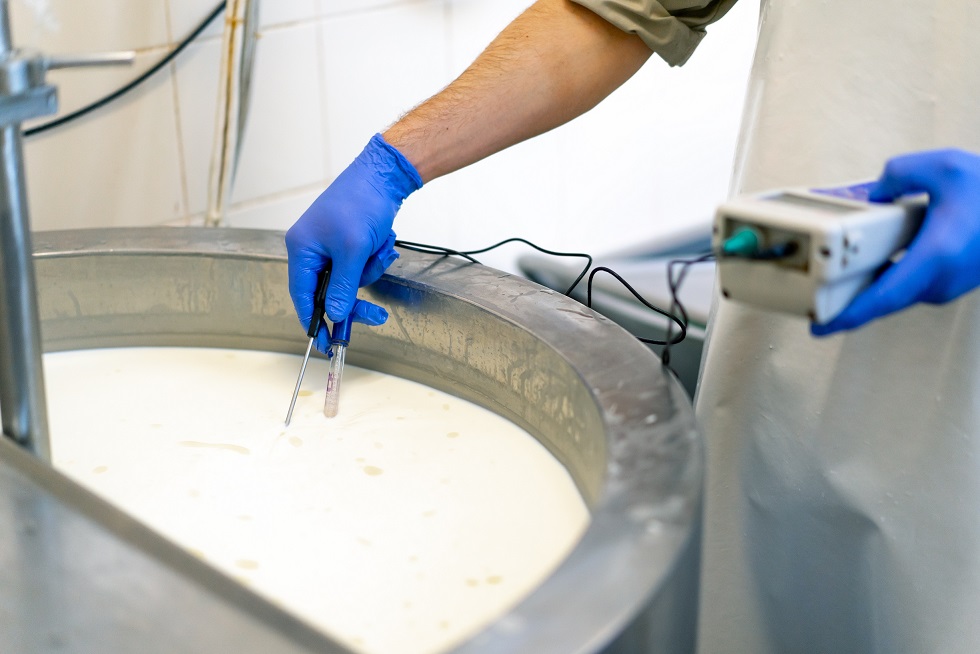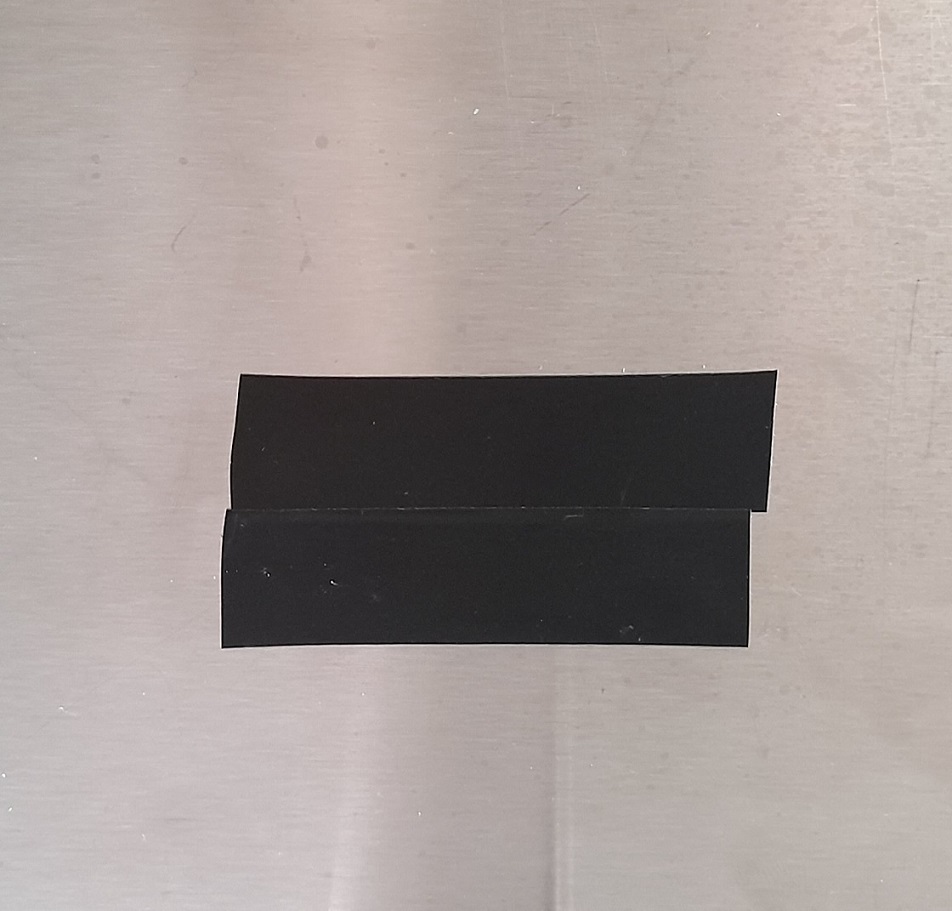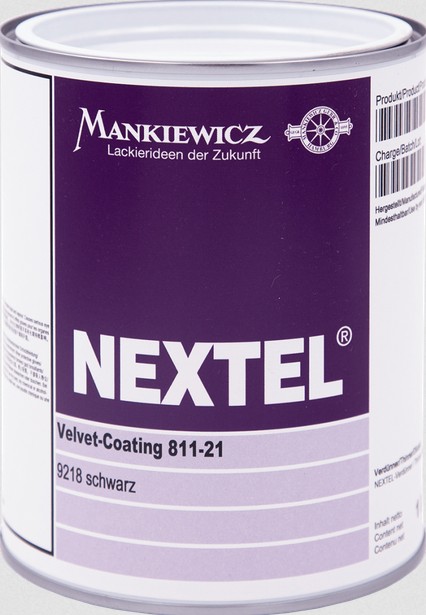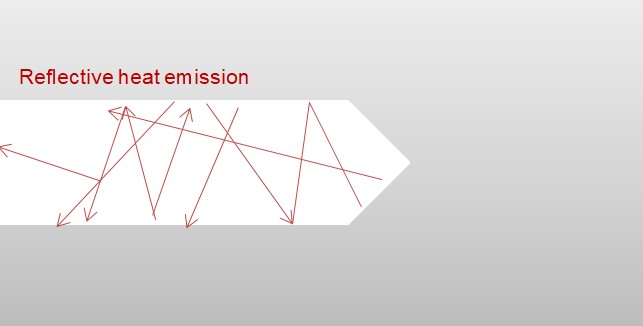Setting the correct emissivity is necessary in order to be able to measure a temperature value as accurately as possible during non-contact temperature measurement with your pyrometer, infrared thermometer or infrared temperature sensor.
To do this, you need to know the emissivity of the material your measurement object is made of.
The emissivity of a measurement object describes the degree of heat radiation and is specified as a value between 0.1 and 1.0.
Emissivity tables are available for a wide range of materials.
(Download the novasens emissivity tables here…)
However, the values in the emissivity tables are not absolute values but approximate values, because the following factors influence the emissivity:
• Temperature of the measured object
• Wavelength in µm at which the measurement is taken (wavelength range of the infrared pyrometer)
• Surface geometry (flat, concave, convex)
• Surface finish (polished, rough, oxidised, sandblasted)
• Transmittance (e.g. with thin plastic films)
• Spectral range of measurement
• Measurement angle
There are four ways to determine the emissivity of the material to ensure accurate temperature measurement:
1. Reference measurement with a contact thermometer
Heat your measurement object to process temperature and take a reference measurement with a contact probe on the measurement object. Then measure with the pyrometer as close as possible to the point where you are also measuring with the contact probe. Set this measured temperature value in your pyrometer, infrared thermometer or infrared temperature sensor by increasing or decreasing the emissivity setting on the device until your pyrometer displays the same measured value as your contact probe.

2. Attach an adhesive tape to the surface of the object to be measured (for measurements in low temperature range)
Apply a black plastic insulating tape (electrical adhesive tape) to the surface of your measurement object; this plastic adhesive tape has an emissivity of 0.95.
Special heat-resistant emission tapes are also available for this purpose.

3. Coat the surface on the measurement object with a matt black colour
For measurements in the medium temperature range, coat a sufficiently large area of the object to be measured with a heat-resistant paint such as
NEXTEL Velvet-Coating 811-21 or an exhaust or engine paint. The paint increases the emissivity on a flat, coated surface on the measurement object to approx. 0.95.

4. Drill a borehole into the measurement object for high-temperature measurement
Drill a hole in the measurement object (at least 6 times the depth of the diameter). Due to the internal reflections of the thermal radiation in this cavity, the borehole acts as an ideal blackbody radiator with a very high emissivity.
Measure the temperature in the hole and then adjust the emissivity until your pyrometer, infrared thermometer or infrared thermometer reads the correct temperature of the material.





















